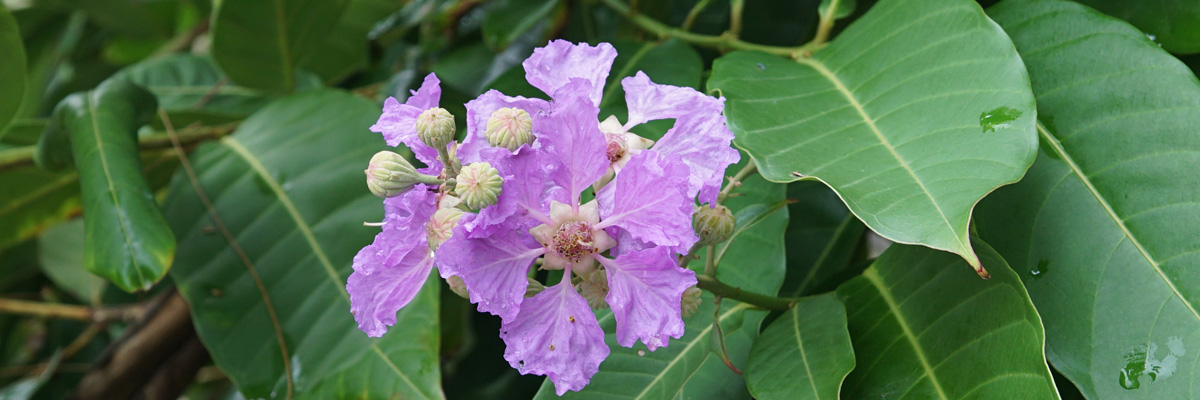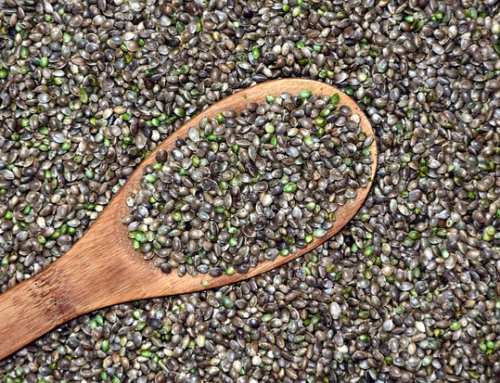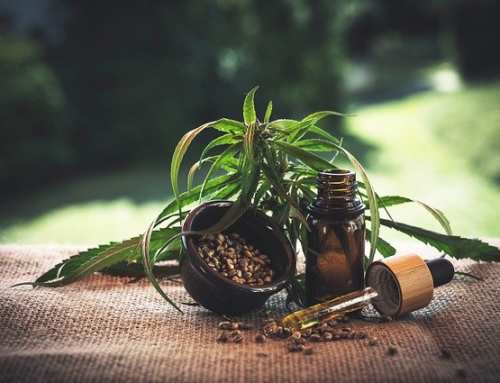Lagerstroemia speciosa is one name that many botanists may know, but even by the common name of the Banaba plant, many individuals may have no clue how helpful this plant can be. In fact, the odds are low that you’ve tried a natural health supplement produced from the Banaba leaf, so the chance that you have seen a Banaba tree is probably slim. Yet, this plant is able to provide a variety of benefits for individual metabolic regulation. Let us take a little time together to learn more about Banaba leaves, the plants they come from, and what they can do for humans.
What are Banaba leaves?
The first question worth asking is what is a Banaba plant? This small tree is a native plant to Southeast Asia. It thrives in tropical environments and can be found throughout India, the Philippines, and countries nearby. This small tree can look a bit like a well-trimmed shrub. It has a light, flakey bark that when removed can be very smooth. The leaves look like a classic drawing of the perfect leaf if you had to imagine one. It’s oval, deep green, and a bit waxy to manage in the tropical environments that it loves. The Banaba tree produces beautiful, bright pink flowers. These flowers eventually turn into a fruit that is used in several herbal remedies throughout East Asia. These delicate flowers are also treasured as ornamental decoration around homes throughout the area. Some producers grow the plant specifically for the leaves and fruit to be used in herbal medicine and supplements. These plants are grown with a higher quality in mind in order to create the best final product, whether it’s a tea or a pill.
What benefits can they provide?
Banaba leaves and fruit can provide a bunch of benefits for humans who choose to utilize it as a natural health supplement. This particular herbal remedy has been used for hundreds of years for weight loss and management. Current research looks at the associate of blood sugar regulation and the consumption of a compound made from the Banaba leaf: corosolic acid. This particular compound is one of many that have been extracted from the Banaba leaf. Studies, like this particular study from the journal Evidence-Based Complementary and Alternative Medicine, look at how “corosolic acid has been reported to decrease blood sugar levels within 60 min in human subjects.”

In addition, research has favored the mechanisms of “enhanced cellular uptake of glucose, impaired hydrolysis of sucrose and starches, decreased gluconeogenesis, and the regulation of lipid metabolism” due to the addition of corosolic acid to a human diet. The main take away is that the mechanisms surrounding corosolic acid derived from Banaba leaves have the potential to improve human metabolism and blood sugar regulation.
Header Image By Vengolis (Own work) [CC BY-SA 4.0], via Wikimedia Commons







Leave A Comment
You must be logged in to post a comment.